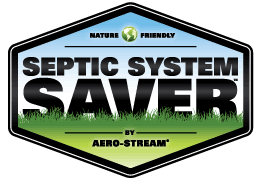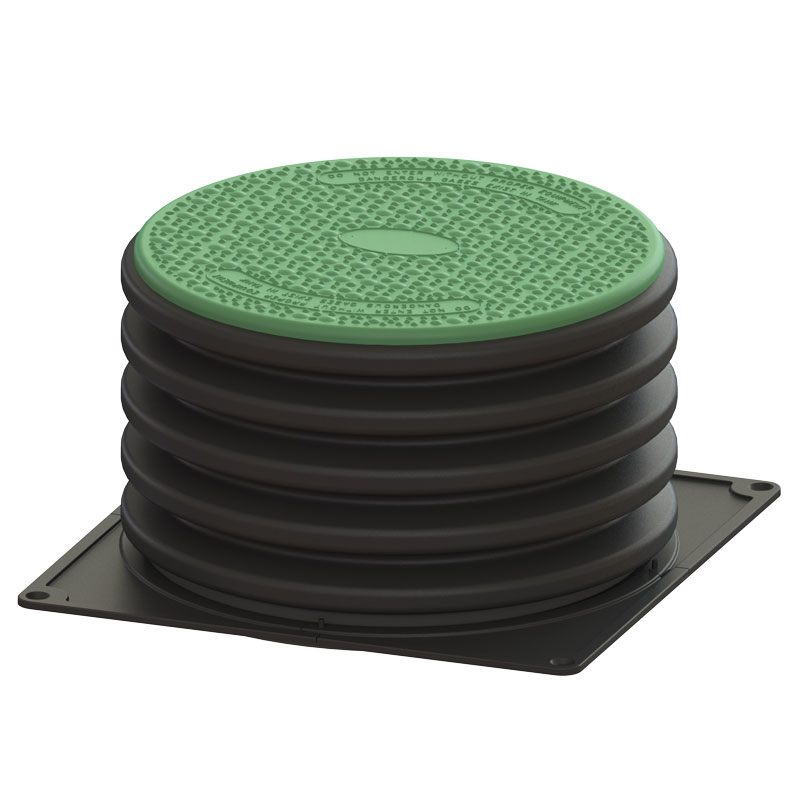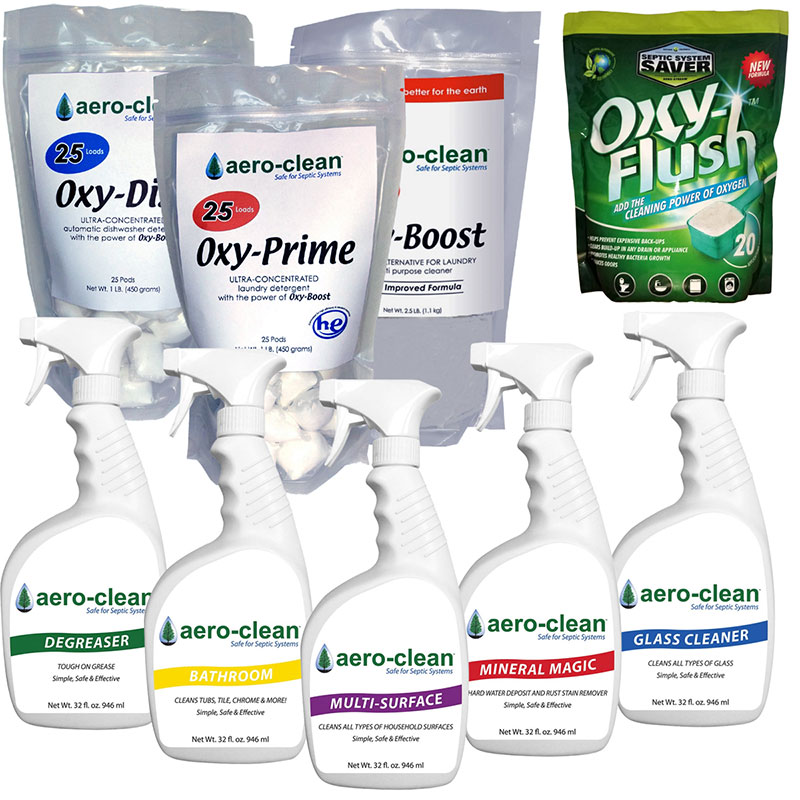Controlled Septic Aerator = Performance
Many an aerobic septic systems can see an improvement in performance and even a reversal of damage through the use of a septic aerator. A large percentage of residential waste treatment systems rely on the traditional oxygen-free environment that is needed to support the growth of anaerobic bacteria that can break down solid waste and some fats over time. These systems are functional but can eventually cause problems when the bacteria become unable to keep up with the volume of solid waste that is in the septic tank. This accumulation of waste can clog the system and create drainage fields that have a strong and unpleasant odor, environmentally harmful substances in the soil and even dangerous runoff.
The problem with Anaerobic Systems without a Controlled Septic Aerator
An anaerobic septic system can cause several problems that most homeowners must deal with each year. The oxygen-free environment inside of the tank allows fermentation of the solid waste to take place. The actual chemical processes that anaerobic bacteria trigger in order to decompose waste generates a number of gasses and materials that can be harmful. Methane, hydrogen sulfide, ammonia and carbon dioxide are all created in the tank and can leave the system through the drainage field making the outdoor field a potentially toxic area. Anaerobic bacteria also exit the septic tank in small amounts and form a thick sludge that settles around the drainage pipes that run through the leach field. This layer of sludge is called the biomat and it can clog drainage pipes over time.
The Advantage of Having a Controlled Septic Aerator
A septic aerator changes an anaerobic system into an aerobic system by forcibly pumping oxygen into the waste water so that a different type of bacteria will grow and decompose solid waste. Aerobic bacteria that rely on oxygen to survive are capable of digesting waste materials much more quickly than an anaerobic system. Part of this is because the bacteria are more efficient and part of this is because the presence of oxygen in the tank helps to accelerate the process. The faster breakdown of materials means that there is less buildup inside of the tank. This reduces the frequent need for maintenance that anaerobic systems usually require. The presence of oxygen also stops fermentation from occurring so that fewer toxic chemicals are produced. The result is a very clean effluent that can actually benefit a leach field.
Controlled Septic Aerator Will Quickly Solve Your Problems
The speed and efficiency of an aerobic waste treatment system can be put to use through septic remediation services. Pumping oxygen and aerobic bacteria into an anaerobic system can actually clean out the tank over time and restore an old or otherwise malfunctioning system. Aerobic bacteria can also exit the tank and enter into the drainage areas of the leach field where it can break down the harmful biomat over time and improve the flow of effluent from the tank into the field. Most septic systems can be easily modified to use a septic aerator without having to remove the entire tank.


